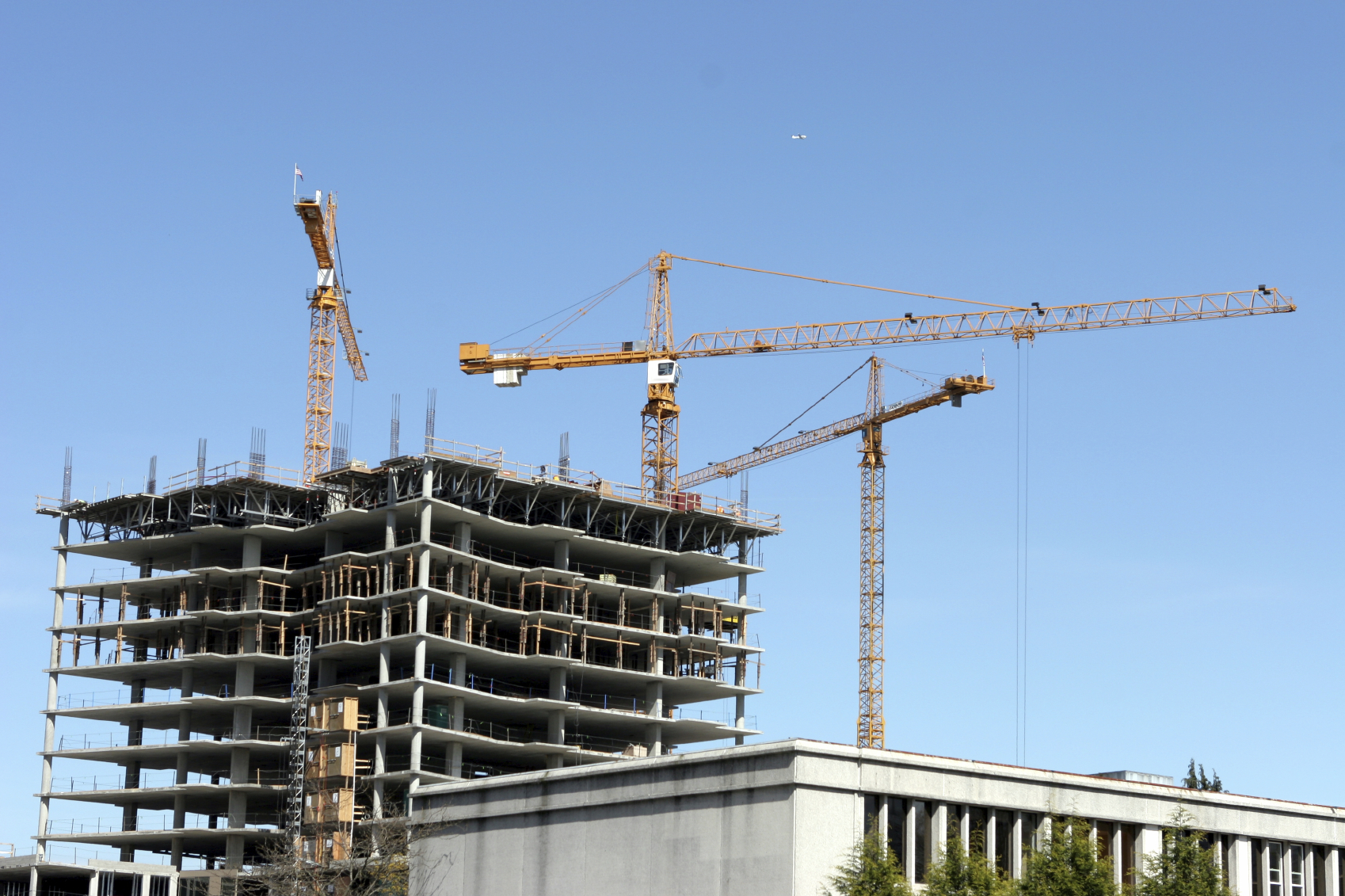
A Commissioning Story
During my first commissioning project, I learned why commissioning is viewed as a necessity for sustainable buildings. The building was small but well financed, so it had simple yet high-quality systems. We worked closely with the construction team and were impressed with the results as the building neared completion.
When we began commissioning the systems, Jack Bly, one of our senior engineers, was there leading the process. We were also joined by Jim, the controls technician on the project. Our first step was to look at how everything was set up and make sure there weren’t any problems that might give us a headache later in the process. Then, as we began to functionally test the systems, we immediately hit a flaw in the programming, but Jim fixed it in a few seconds by editing the controls code. That little change saved a few hundred dollars per year for the owner.
By the end of the first day of commissioning, I had a list of about a dozen things that needed to get fixed, and another that we had already fixed. While Jack was out checking something, Jim asked what the next steps were, and I mentioned we were planning a set of simple tests of some boiler safety switches before the boiler tests the next day. We decided to go ahead with those checks while waiting for Jack.
As we walked to the boiler room, I remember thinking that these switches couldn’t possibly be broken. They are simple devices that shut the boiler down under certain dangerous circumstances and I couldn’t imagine that whoever installed them wouldn’t check that they were operating. It would take just seconds, and that was, after all, their job. We walked into the mechanical room, and Jim twisted the high-temperature limit switch with his pocket knife. *click* The alarm tripped, but the boiler continued to hiss. Confused, he reset it and tripped the low-water safety switch. Again, the boiler continued firing.
Almost unbelievably, neither crucial safety device worked. I could all but hear the tick tock tick tock of the time bomb that sat in front of me. Although the chances for failure were slim, the ramifications could be catastrophic.
I left that day excited and unnerved. I realized our job was to investigate these problems, but I didn’t foresee them being so important. The issues ranged from energy efficiency and occupant comfort to safety. It became clear that when commissioning buildings, there is nothing too simple or “obvious” to look at.
It’s no wonder why the USGBC requires commissioning on every LEED® project. Just imagine, if simple systems frequently get installed improperly, the complex systems designed for high performance buildings don’t stand a chance.




